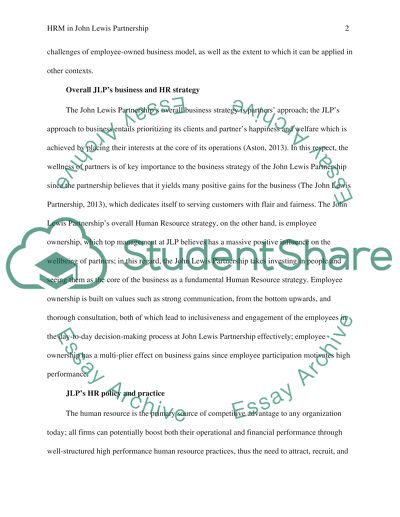Cite this document
(“An eassy on HRM in John Lewis (UK Department Store) - employee owned Essay”, n.d.)
An eassy on HRM in John Lewis (UK Department Store) - employee owned Essay. Retrieved from https://studentshare.org/human-resources/1497283-an-eassy-on-hrm-in-john-lewis-uk-department-store
An eassy on HRM in John Lewis (UK Department Store) - employee owned Essay. Retrieved from https://studentshare.org/human-resources/1497283-an-eassy-on-hrm-in-john-lewis-uk-department-store
(An Eassy on HRM in John Lewis (UK Department Store) - Employee Owned Essay)
An Eassy on HRM in John Lewis (UK Department Store) - Employee Owned Essay. https://studentshare.org/human-resources/1497283-an-eassy-on-hrm-in-john-lewis-uk-department-store.
An Eassy on HRM in John Lewis (UK Department Store) - Employee Owned Essay. https://studentshare.org/human-resources/1497283-an-eassy-on-hrm-in-john-lewis-uk-department-store.
“An Eassy on HRM in John Lewis (UK Department Store) - Employee Owned Essay”, n.d. https://studentshare.org/human-resources/1497283-an-eassy-on-hrm-in-john-lewis-uk-department-store.


